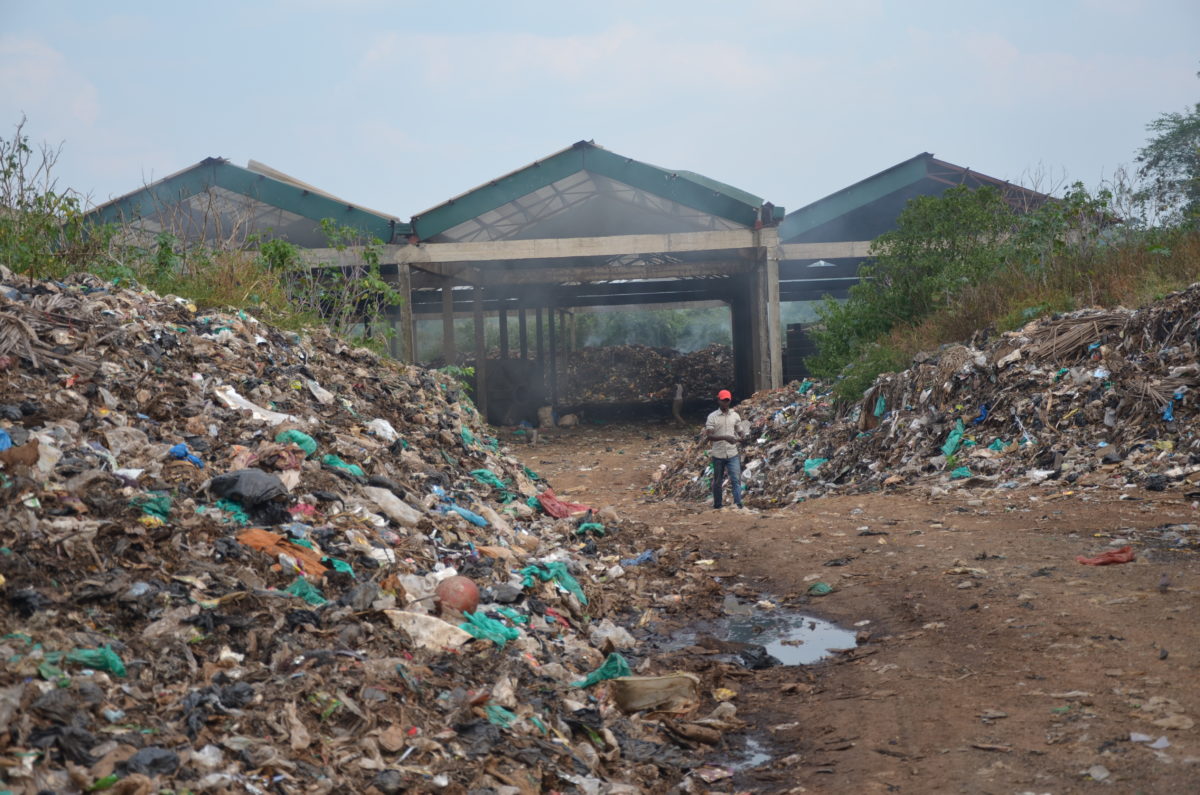Kibati trading centre in the East Division is about a 20-minute drive from Hoima City Central Business District (CBD).
On the left, one is welcomed by waste littered allover the road leading to a multi-billion waste treatment plant, which has dominated the media for lying idle almost 10 years after it was commissioned.
The sh2.5b compost plant, which was handed over to the city authorities in November 2012 by the National Management Authority (NEMA), with funding from the World Bank, was established to ensure effective management of garbage in the city.
It has since not performed its intended purpose of turning garbage into manure that can be sold to farmers at a subsidised fee and help solve the perennial waste management challenge that plagues the City.
The plant, which sits on a three acre, about 3 kilometres from the city centre, has since commissioning lacked equipment.
It is understaffed with only eight workers, instead of hundreds to expeditiously sort the garbage. The workers complain of lack of protective gear and delayed salaries.
The plant has been lacking an oxygen meter and thermometers that are used for measuring temperatures to determine whether the garbage is fermenting.
The waste plant also lacks water, security, power and has no fence, which makes it prone to wildfires and vandalism.
By the time The Albertine Journal visited on Friday it found when garbage had been dumped as the whole yard filled with tonnes of waste due to lack of space.
Brian Kaboyo, the Hoima City Mayor said since the garbage plant is filled up, they plan to buy an eight-acre piece of land where they can bury the waste.
He said they were trying to compact the waste as they dump more before the situation gets out of hand.
Experts have attributed the poor utilisation and management of the waste plant to failure to understand its economic viability and marketing it to the new farmers.
They said the plant is located in a setting that does not appreciate the use of manure.
Hoima is increasingly getting strained as more people flock the area in search of opportunities in the oil and gas sector.
This calls for improvement of capacity to handle massive solid waste that usually comes with the high population.
In 2016, statistics indicate that Hoima, which was elevated from a municipality into a city status in the 2019 financial year solid generation rate was 150 to 200 tonnes per day.
East Division, which is the CBD, is the biggest contributor of waste. Some of the key waste generators include the abattoir, daily markets, hotels, schools, factories, restaurants and other processing units.
The average generation at household level is 4.63 persons per household, the rate of waste generation per household is 4.97kg.
Food waste was 34.6 per cent, plastic 26.8 per cent, paper 23.9 per cent, textiles 7.8 per cent, glass 5.0 per cent and metal 1.7 per cent.
Residents said they are living in fear of a disease outbreak due to poor garbage disposal in the area.
Heaps of garbage remain dumped and abandoned without being processed as residents neighbouring the waste plant grapple with a foul stench and as wastewater runs into their water sources-streams down.

Hoima City Mayor, Brian Kaboyo. Photo by Robert Atuhairwe.
Ramathan Erias Byonta, the LCI Chairperson for Katugoo-Kibati cell, told local Journalists that the city authorities have failed to look after the plant, threatening to carry the garbage to the city offices should they fail to intervene.
They said this comes against a backdrop of protests by the area residents but nothing has been done about it.
They want a contractor hired to manage the place if the city has failed to do so.
Achiles Kiiza, the City Secretary for Social Services blamed it on the current heavy rains, noting that the trucks are making it impassable for them to clear the garbage.
Environmentalists have called for the skilling of unemployed youth and women to collect and upcycle waste into products, such as tables, bags and chairs.
The other challenge escalating waste management is poor sorting of garbage at source which makes it hard to manage.
Residents have also implored city authorities to procure more garbage collection- transportation trucks and to inject money into ultra-modern equipment to manage and recycle waste.

